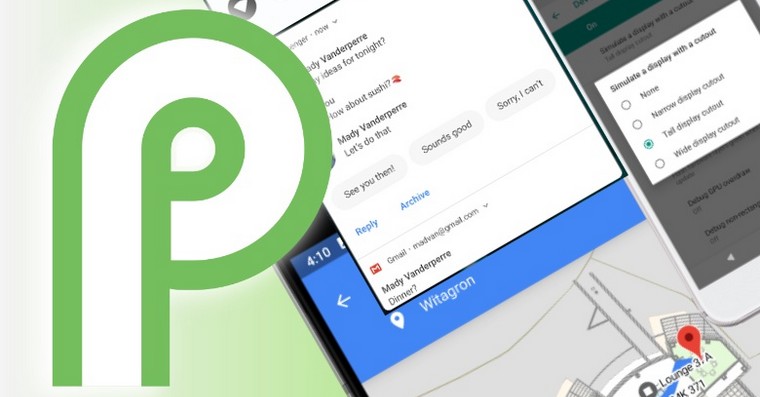Android P will become one of the most important system updates Android over the past few years. Google has not only changed the way of navigation in the system, but to a large extent also the communication with the smartphone itself. Main goal Androidu P is to keep users from looking at their smartphone screens all day and gain control over how much time they spend on the device. Google introduced several changes that Android P will bring. Let's look at the most important ones together.
Application time limits
Google do Androidu P introduces a function that will show you how much time you spend in individual applications. Importantly, you set how long you can use each application during the day.
If you think that you spend a lot of time on Facebook, for example, without wanting to, then it will be enough for you to set that you want to use the application for a maximum of one hour a day. Once the set time has passed, the application icon will turn gray and you will not launch the application for the rest of the day. A pop-up will notify you when you click on the gray icon that you have already reached the time limit. There isn't even a button to ignore the notification and open the app. The only way to open it again even after the time limit has expired is to go back to the settings where you remove the time limit.
Notification
One of the irreplaceable parts of mobile systems are notifications, which are useful, but at the same time force the user to constantly look at the phone display. However, Google in Androidu P tries to make notifications not such a distracting element, for example, at work. It recommends muting app notifications or using do not disturb mode.
Once you go into Do Not Disturb mode, you can set it to not show notifications on your screen at all. You can also set the system to activate the mentioned mode when you turn the smartphone screen down on the table.
Gesture control
It's been more than six years since Google last fundamentally changed the way you navigate the system Android. Since 2011, everything has been about the three buttons at the bottom of the screen - Back, Home and Multitasking. With the arrival Android However, the phone controls will change.
Google is moving to gestures. There will no longer be three buttons at the bottom of the screen, but only two touch buttons, namely the back arrow and the home key, which also responds to swiping to the sides. Dragging the home key upwards displays a list of previews of running apps, and swiping to the sides switches between running apps.
However, if you don't get used to gestures, it doesn't matter, because Google will allow you to switch from gestures to the classic software buttons you've been using until now.
Smarter search
V Androidwith P, the search is much more sophisticated. The system will predict some actions you will want to take. The search is so intelligent that if you start looking for the Lyft app, for example, the system will immediately suggest whether you want to order a ride directly home or to work, which saves you time.
